Hydraulic Lifts
Introduction
Here is everything you want to know about hydraulic lifts.
You will learn:
- What is a Hydraulic Lift?
- How do Hydraulic Lifts Work?
- Types of Hydraulic Lifts
- Hydraulic Lift Tables
- And much more…
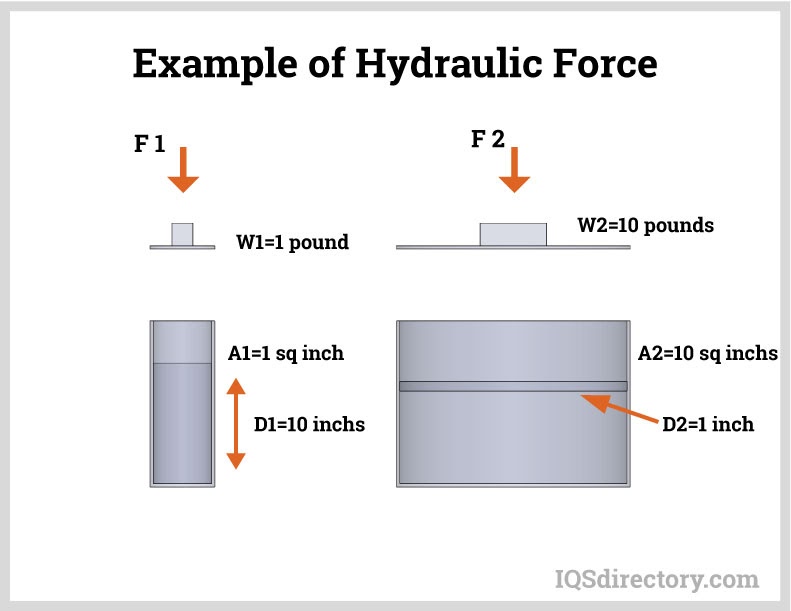
Chapter One – What is a Hydraulic Lift?
A hydraulic lift is a device for moving objects using force created by pressure on a liquid inside a cylinder that moves a piston upward. Incompressible oil is pumped into the cylinder, which forces the piston upward. When a valve opens to release the oil, the piston lowers by gravitational force.
The principle for hydraulic lifts is based on Pascal‘s law for generating force or motion, which states that pressure change on an incompressible liquid in a confined space is passed equally throughout the liquid in all directions.
The concept of Pascal‘s law and its application to hydraulics can be seen in the example below, where a small amount of force is applied to an incompressible liquid on the left to create a large amount of force on the right.
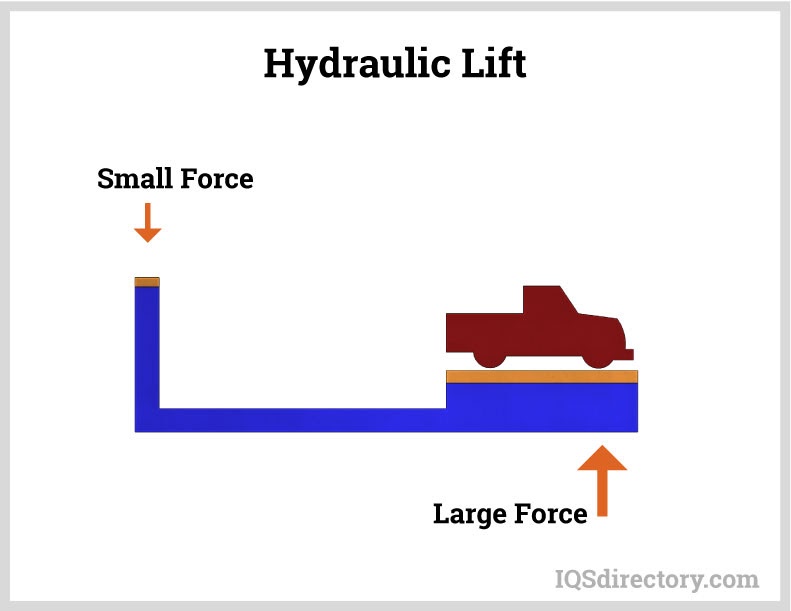
Hydraulic systems are used for precision control of large force applications, are economical, and make excellent use of energy resources.
Chapter Two – How do Hydraulic Lifts Work?
A hydraulic system works by applying force at one point to an incompressible liquid, which sends force to a second point. The process involves two pistons that are connected by an oil filled pipe.
The image below is a representation of the two pistons and how they are connected by a pipe.
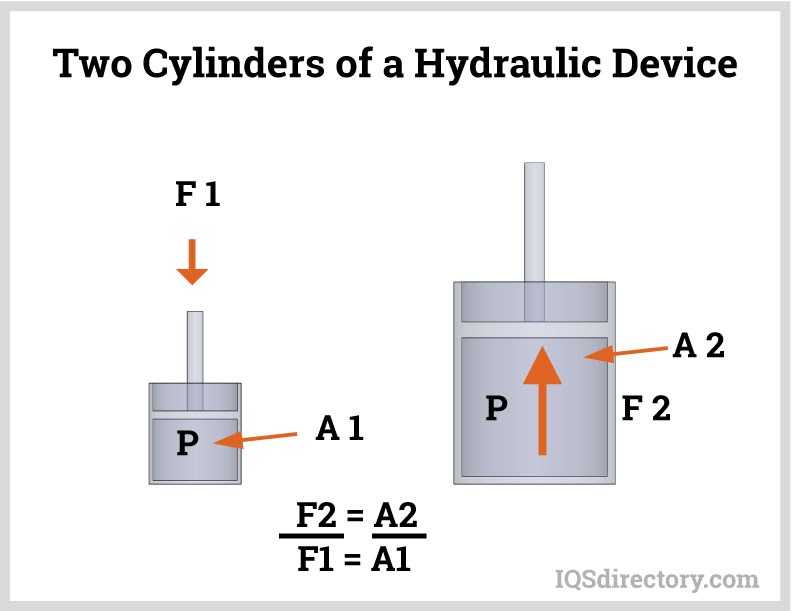
The diagram below represents a simple version of the working mechanism of a hydraulic device. The handle on the right moves the incompressible oil, under pressure, from the reservoir to the high pressure chamber in the middle of the diagram. The ram moves up as the oil is pumped in.
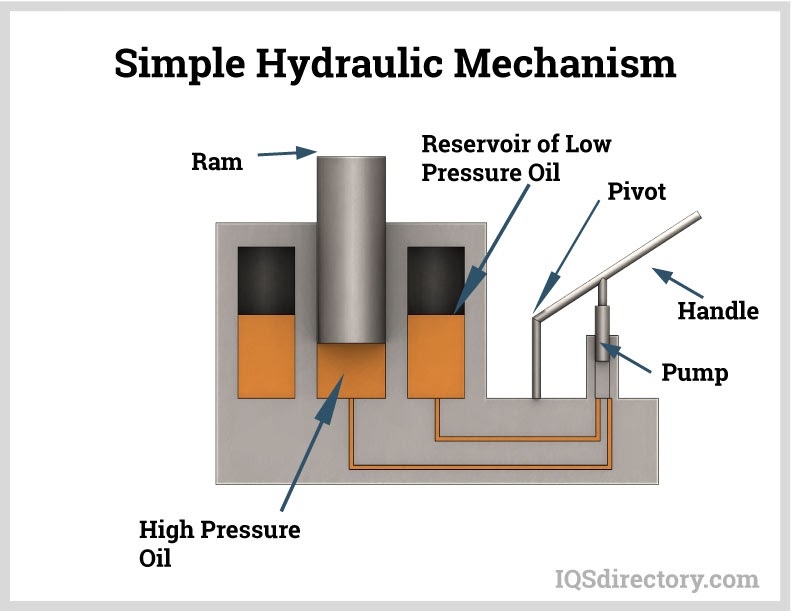
Force Generated
The force generated in a hydraulic system depends on the size of the pistons. If the smaller of the two pistons is two inches and the larger piston is six inches, or three times as large, the amount of force created will be nine times greater than the amount of force from the smaller piston. One hundred pounds of force by a small piston will be able to lift 900 pounds.
In this diagram, the piston on the left has a one pound load and an area of one inch. When it moves down ten inches, it is able to move the ten pound load on the piston on the right.

Parts of a Hydraulic System
The purposes of hydraulic systems widely vary, but the principles of how hydraulic systems work and their components remain the same for all applications. The most significant part of a hydraulic system is the fluid or liquid. The laws of physics dictate that the pressure on the fluid will remain unchanged as it is transmitted across a hydraulic system. Below is an explanation of each part of a hydraulic system.
Hydraulic Circuits:
Hydraulic Circuits control the flow and pressure of the liquid in the system. The image below shows all of the different parts of a hydraulic circuit.
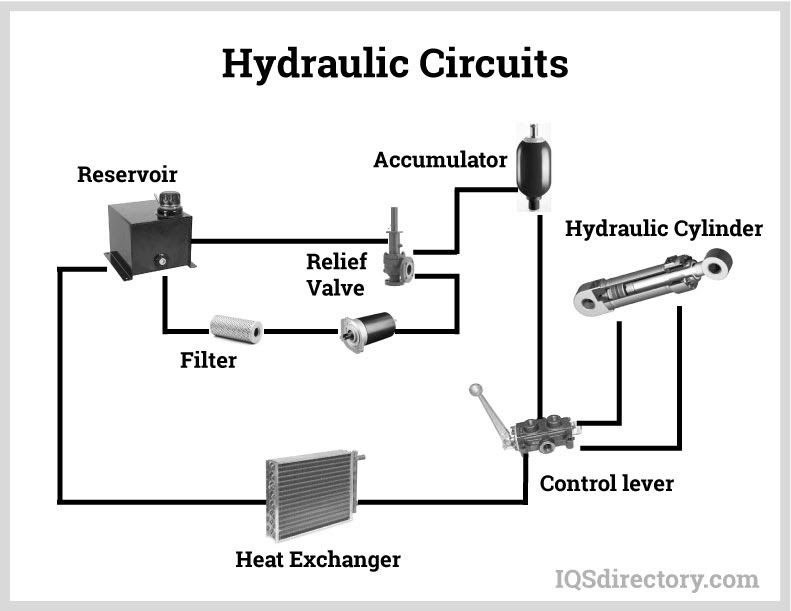
Hydraulic Pump:
Hydraulic Pump converts mechanical power into hydraulic energy. Hydraulic pumps create a vacuum at the pump inlet, which forces liquid from the reservoir into the inlet line and out to the outlet to the hydraulic system.
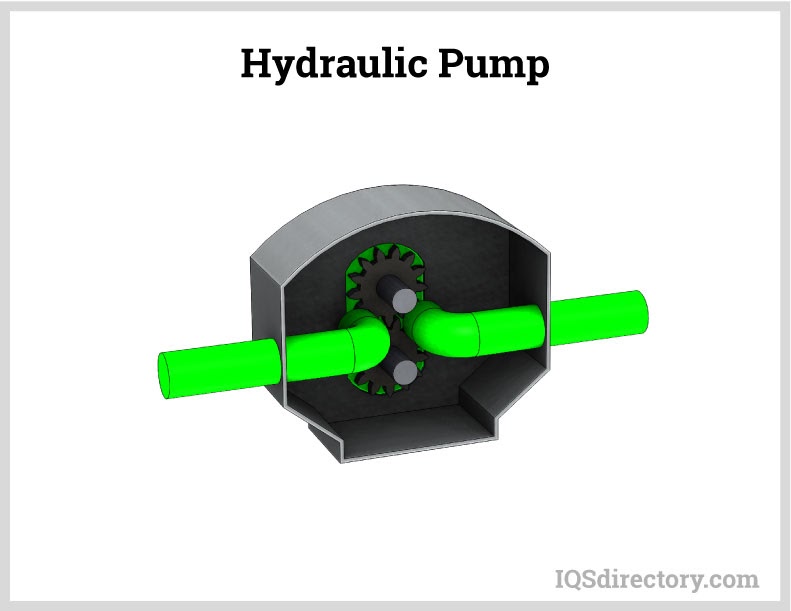
Hydraulic Motor:
Hydraulic Motor is an actuator to convert hydraulic pressure into torque and rotation. It takes the pressure and flow of the hydraulic energy and changes it into rotational mechanical energy, similar to a linear actuator. The pump sends hydraulic energy into the system, where it pushes the hydraulic motor.
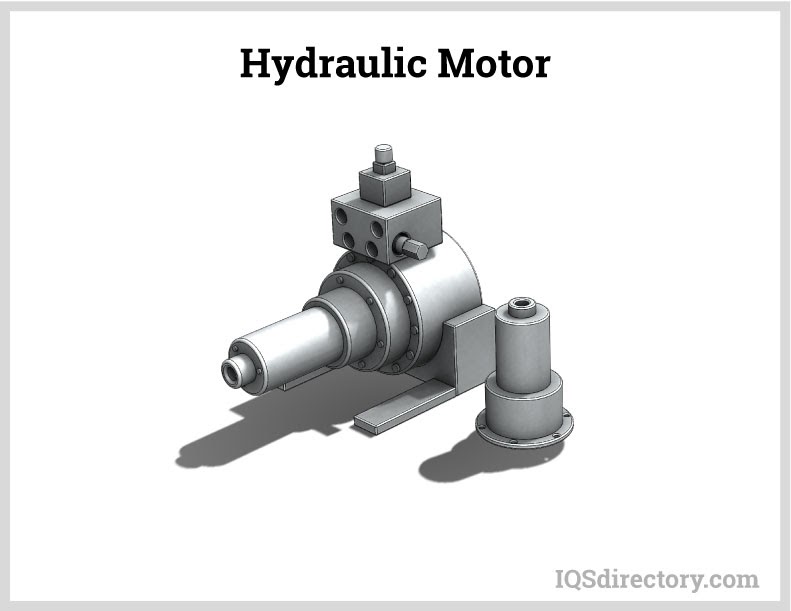
Hydraulic Cylinder:
Hydraulic Cylinder converts the energy in the hydraulic fluid into force and initiates the pressure in the fluid that is controlled by the hydraulic motor.
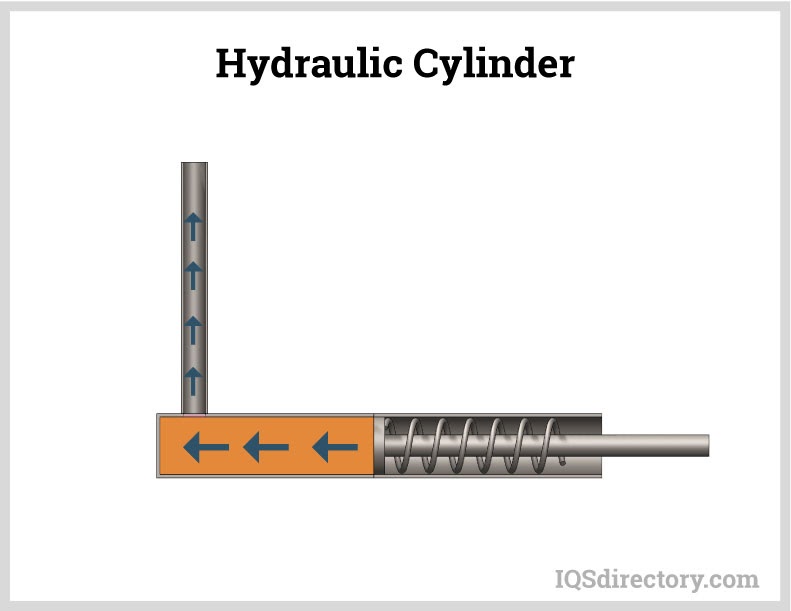
Hydraulic Pistons:
Hydraulic Pistons are moved linearly by fluid pressure. Axial designs have a number of pistons arranged in a circular pattern in a rotating housing.
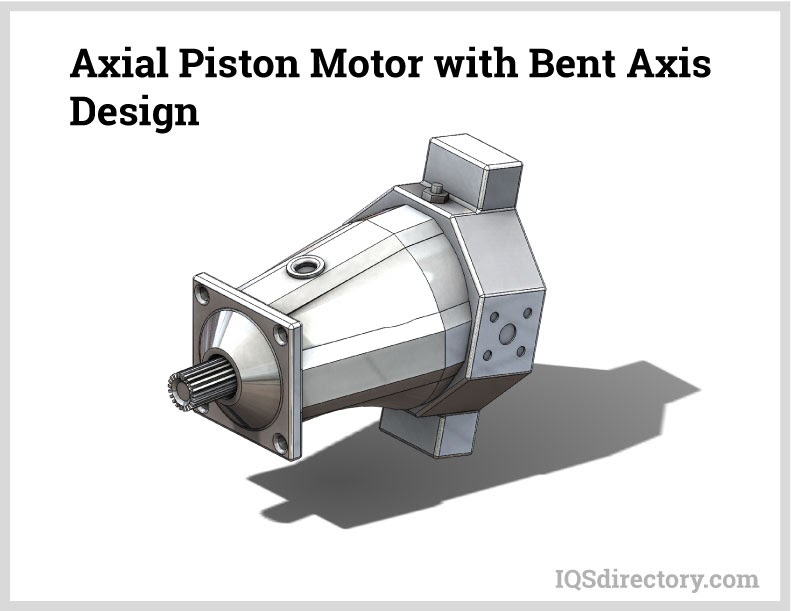
Hydraulic Fluids:
Hydraulic Fluids transfer power in a hydraulic system. Most hydraulic fluids are mineral oil or water. The first hydraulic fluid was water before mineral oil was introduced in the twentieth century. Glycol ether, organophosphate ester, polyalphaolefin, propylene glycol, and silicone oil are used for high temperature applications and fire resistance.
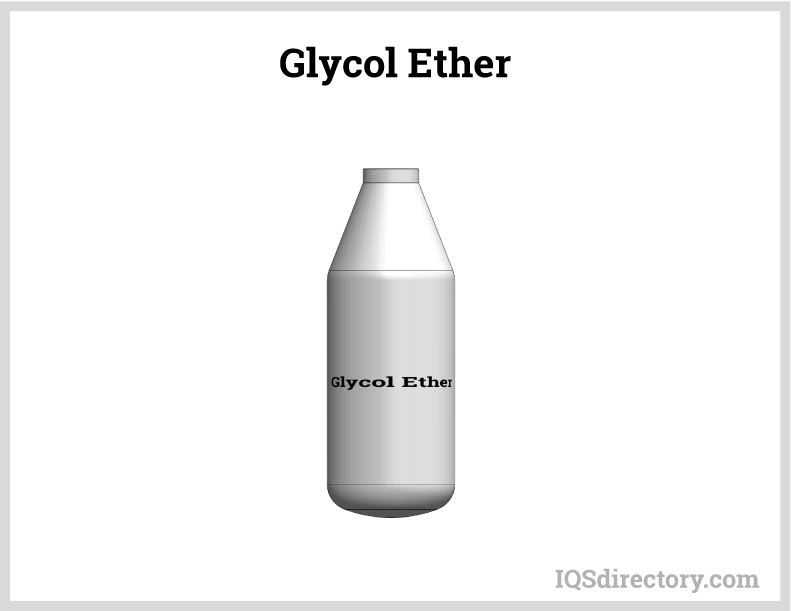
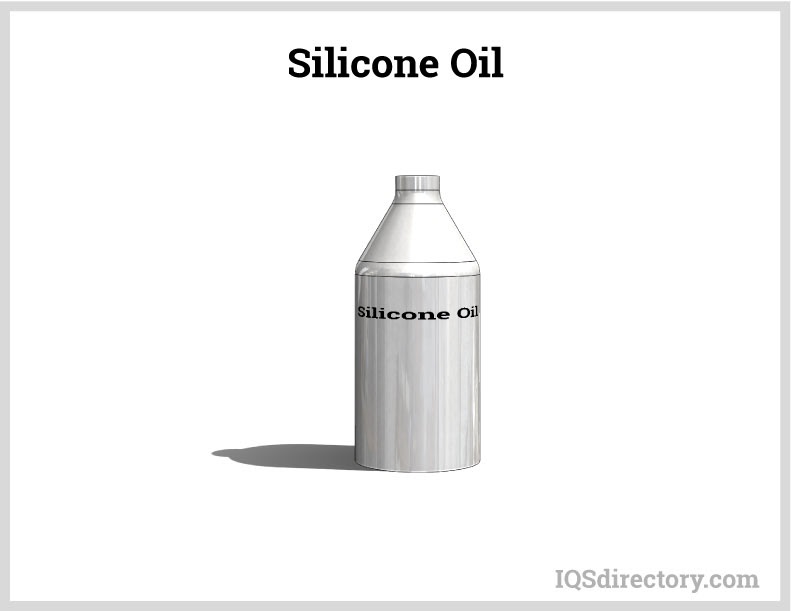
Leading Hydraulic Lift Manufacturers and Companies
Chapter Three – Types of Hydraulic Lifts
Hydraulic lifts, in their many forms, have become an essential part of several industries from helping patients in and out of bed to specially designed lifts to help people board a bus. The number of uses of hydraulic lifts has been growing rapidly in recent years.
Below are descriptions of a few types of hydraulic lifts.
Table lifts:
Table lifts are used to move items from the floor to a workable level. Transportation companies use them to lift materials onto a truck bed or warehouse floor.
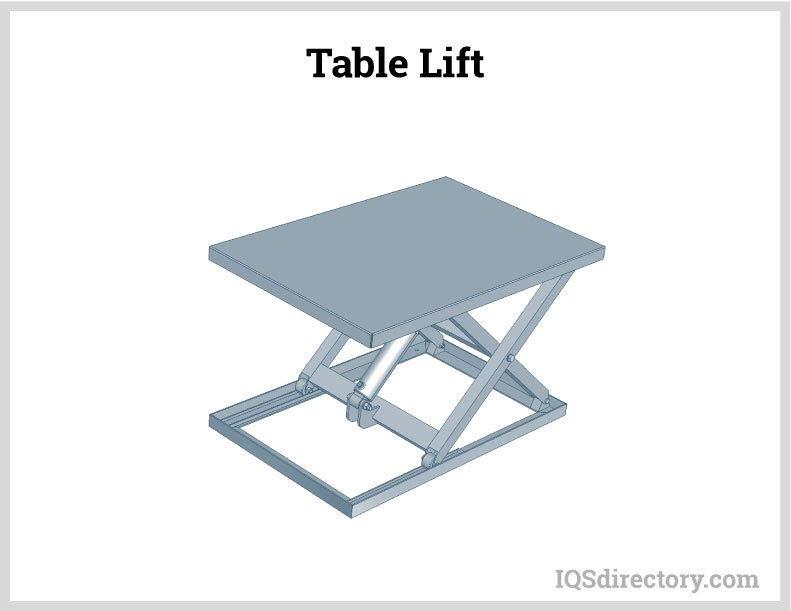
Personnel lifts:
Personnel lifts safely lift people to various heights for work or movement of materials, such as repair of electrical lines, placement of inventory on a shelf, or access to control boxes. In gyms, factories, and entertainment centers, they are used to lift janitorial staff to clean lights and ceilings.
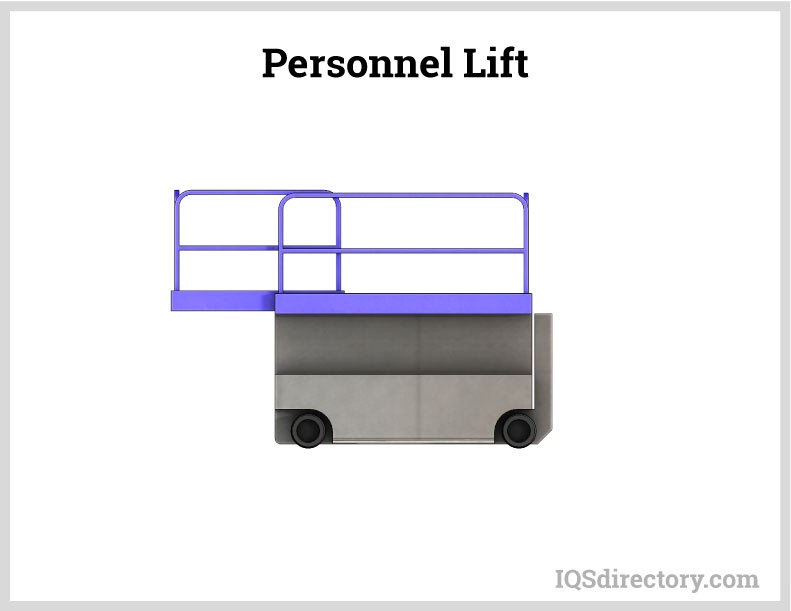
Fork lifts:
Fork lifts are used for moving materials at construction sites, in warehouses, in factories, and for loading and unloading trucks and airplanes. They are designed to quickly move items from one location to another.

Medical lifts:
Medical lifts are lifting devices for surgical tables, hospital beds, and monitoring equipment. Hospital beds are a convenient means for moving patients from their rooms to treatment areas. Hydraulics control the height of all parts of the bed to make it more acceptable for hospital staff.
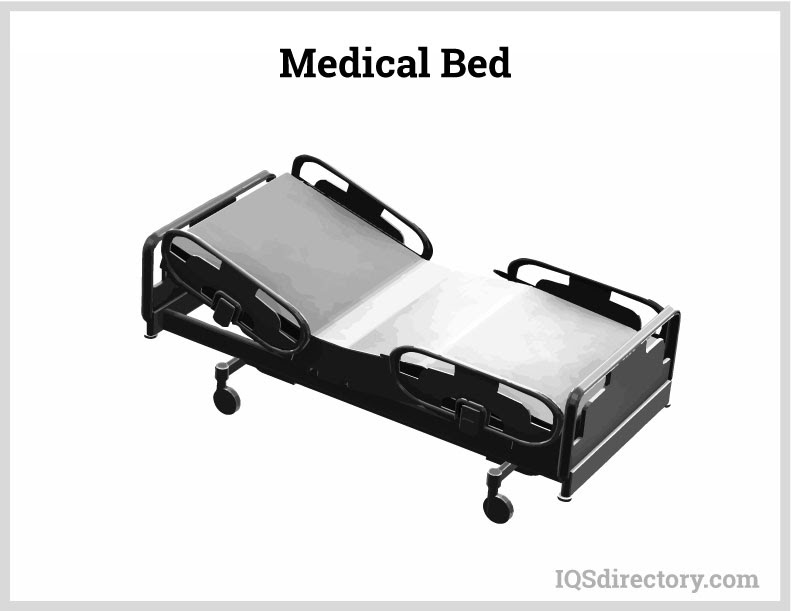
Automotive lifts:
Automotive lifts lift vehicles for repair and inspection. They are the strongest of the different types of hydraulic lifts.
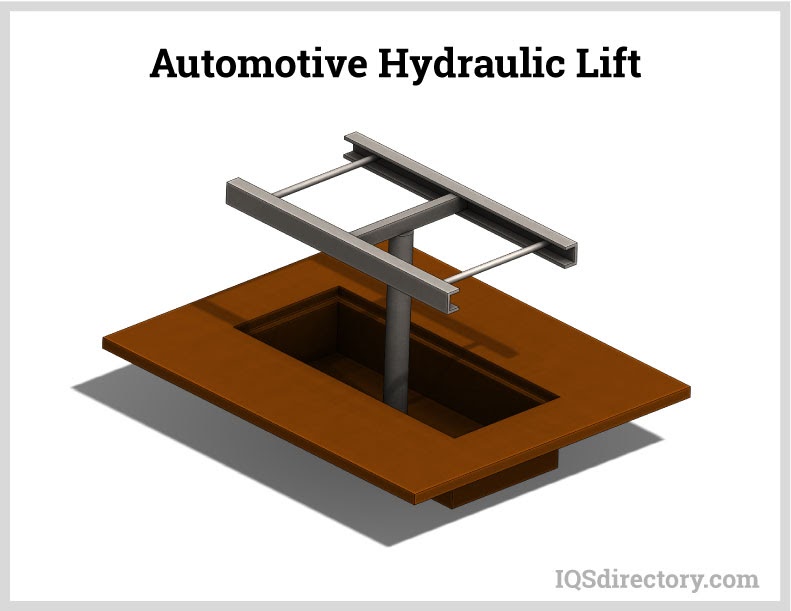
Post car lifts:
Post car lifts are a variation of automotive lifts. The vehicle to be repaired is suspended between two posts with hydraulic drives that have four arms. They are designed to lift any type of vehicle.
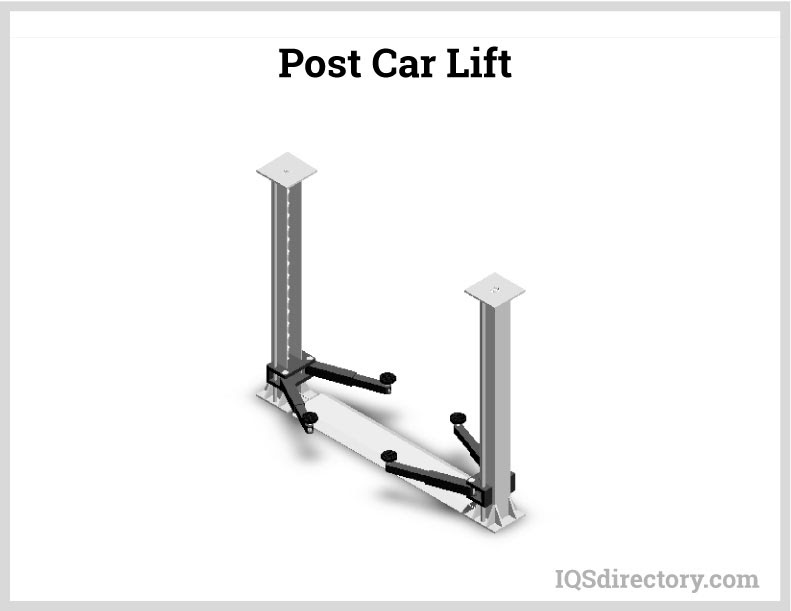
Platform lifts:
Platform lifts also known as elevated work platforms, are similar to lift tables but much larger. They are able to hold groups of workers.
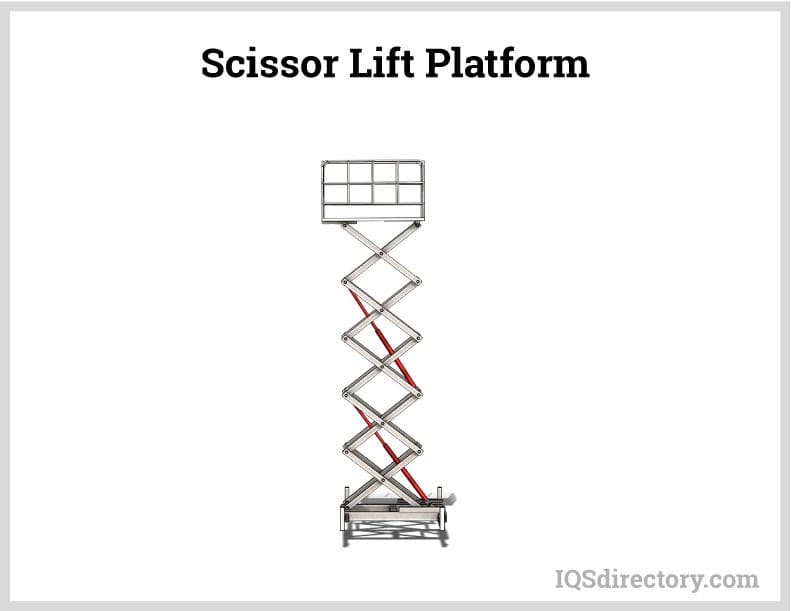
Pallet lifts:
Pallet lifts are used for material handling and shipping. They function like a forklift and are able to lift pallets from ground level to load trucks, place on shelves, or move supplies to production lines.
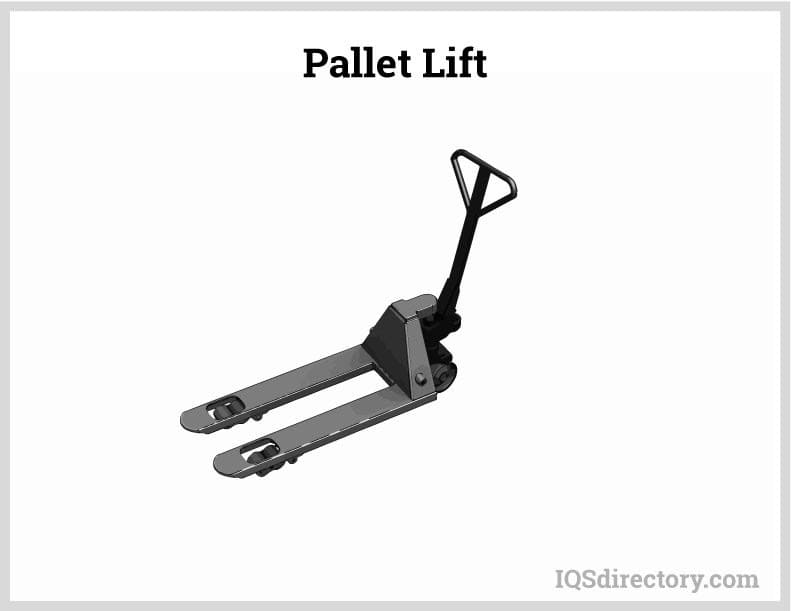
Hand pumped lifts:
Hand pumped lifts are raised by a manual hydraulic hand pump and have a release lever to lower the load. They are very sturdy and maintenance free with the ability to lift one ton over six feet.
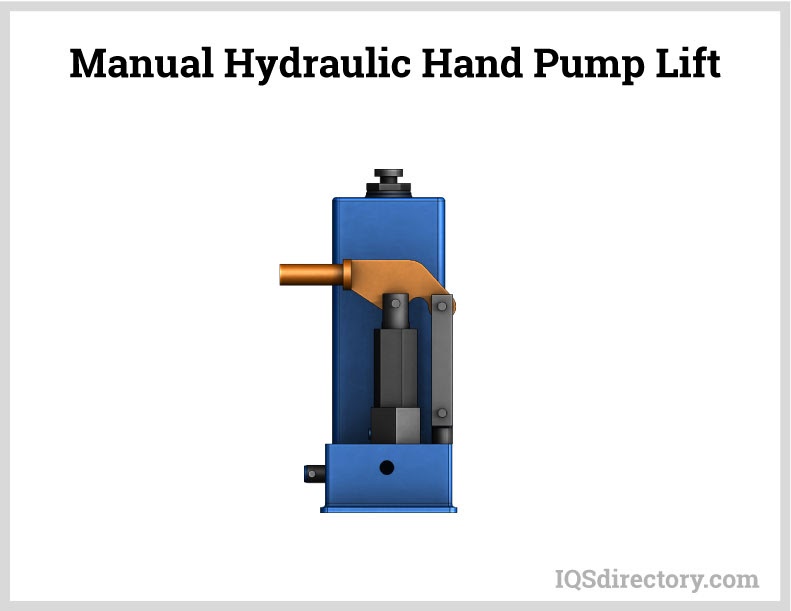
Vertical Reciprocating Conveyor (VRC)
VRCs, also known as vertical, vertical material, freight, and conveyor lifts, are classified by the American Society of Mechanical Engineers (ASME) as conveyors and related equipment. They can be placed anywhere in a building and are designed to move large loads from the floor to mezzanines, balconies, basements, and various levels in a multiple level building.
Unlike the installation of an elevator, a VRC can be easily positioned at far less cost but provide the same type of lifting power. If there isn‘t sufficient room on the interior of a building, a VRC can be positioned outside.
The main components of a VRC are a guide column, carriage, and hydraulic actuating mechanism or mechanical system. VRCs can be mechanical or hydraulic with the hydraulic version being less expensive than mechanical ones. Hydraulic VRCs can lift loads of a half-ton up to three tons with a carriage size of 10 feet by 10 feet and can reach heights over 20 feet with ease.
Types of VRCs
- Straddle – The carriage is between guide beams. Force is applied in a vertical direction along the length of the beams.
- Cantilever – The carriage is out in front of the guide beams and can be accessed from three sides.
- Four Post – The platform is positioned in the middle of four guide beams and may have a larger platform capable of lifting heavier loads.
- Double Mast – The double mast version is similar to the four post design with the carriage positioned between two sets of masts. It has a smaller platform and lifting capacity than the four post design.
Chapter Four – Hydraulic Lift Tables
Lift tables have become popular as work surfaces that can be positioned at the exact height necessary to package, assemble, organize, or position items. What makes lift tables different from adjustable tables is their capacity.
A standard lift table is able to lift 2000 to 6000 lbs. and can be lowered to 7 inches or raised to 60 inches with a work space of 24 to 72 inches. They come in a variety of shapes and sizes to fit any application. Below is a description of some of the varieties of lift tables.
Mobile
Mobile lift tables, or lift carts, are a form of push cart. They are raised by a manual foot pump for light assembly operations.
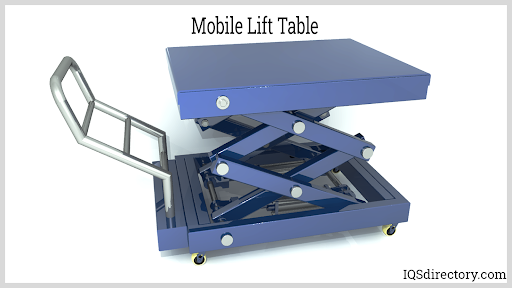
Rotating
Rotating lift tables are used where access to all sides of the load is required. They are designed with a rotating platform and can have reduced heights, which allows for greater access.
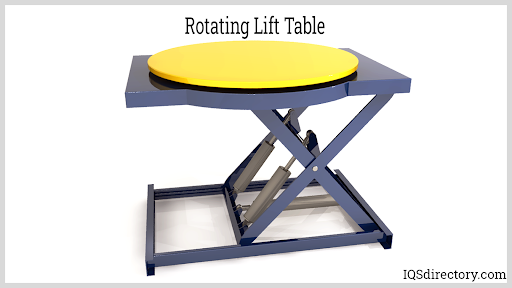
Low profile
Lower profile lift tables are designed to reach heights as low as 3 inches making the platform accessible by a pallet jack. Though they have thinner lifting arms, they still have a capacity of over 2200 lbs.
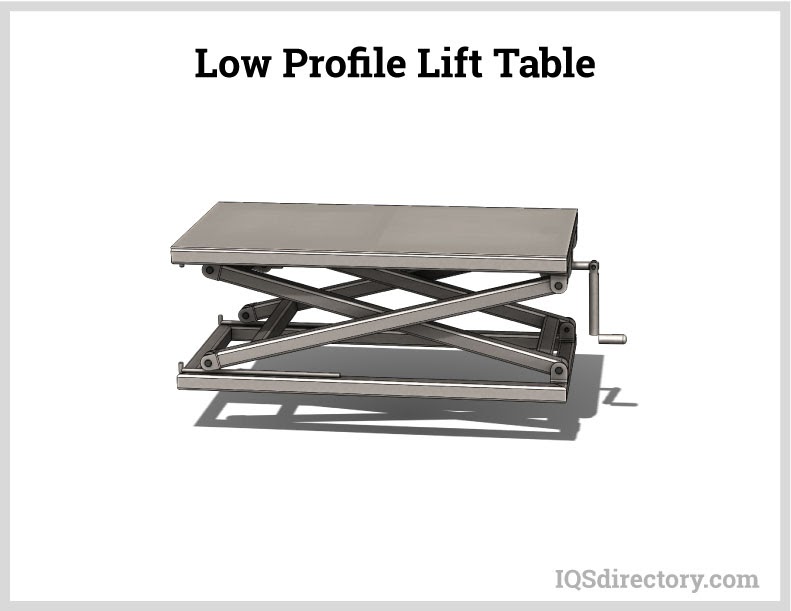
Stainless steel
Stainless steel lift tables are mainly used in the food and pharmaceutical industries, where there are high standards for hygiene and sanitary conditions. The corrosion and rust resistance of stainless steel makes them easy to clean with solvents and water.
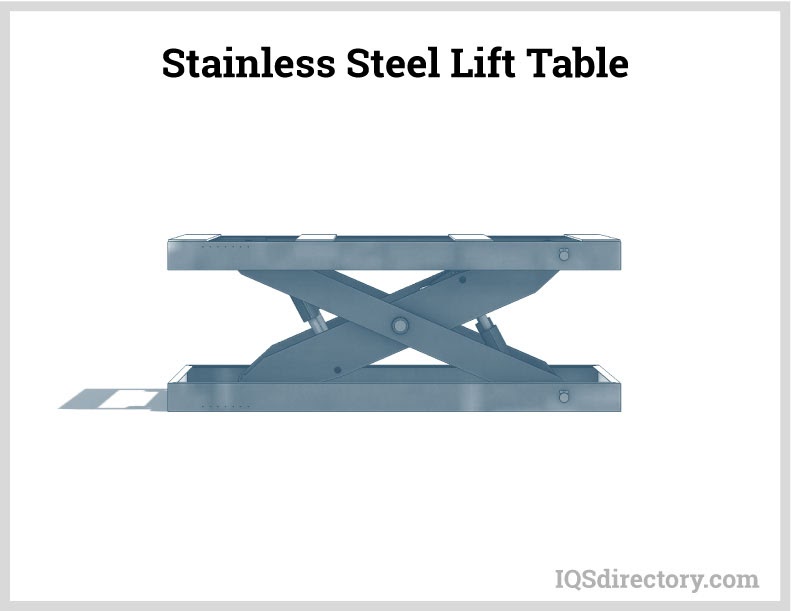
High capacity
High capacity lift tables can have a capacity of 8,000 to 10,000 lbs. As seen in the image below, they have extra thick scissor arms, large low pressure cylinders, and additional supports.
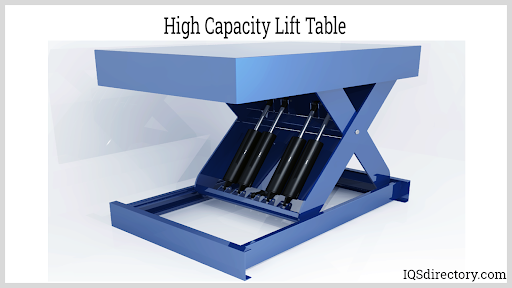
Ground entry
Ground entry lift tables have ground level access to the platform due to concerns regarding tripping or being in confined spaces. Access to the platform is by a cut away section in the shape of a "U" or "E", which makes them able to be loaded with an open bottom pallet or skid.
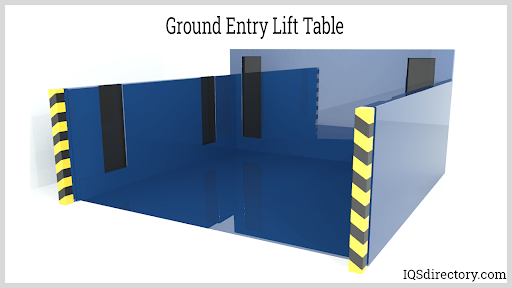
Tilting
Tilting lift tables are for handling containers with loose parts. The platform lifts to an ergonomic height and tilted toward the operator, which reduces the need for bending and stretching. They are available with tilt angles of up to 90 degrees.
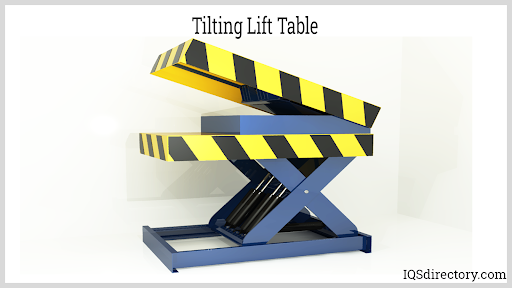
Tandem
Tandem lift tables combine standard lifting with additional lifts of length or width providing the extra benefit of increased platform size to accommodate larger loads with extra edge and side load capacity.
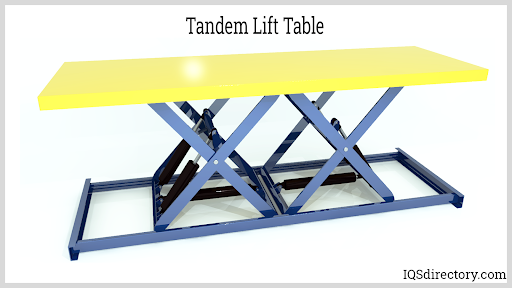
Multi-Stage
Multi-stage lift tables stack one pair of scissor arms on top of another with one lift table on top of another, which increases vertical travel but maintains small platform size.
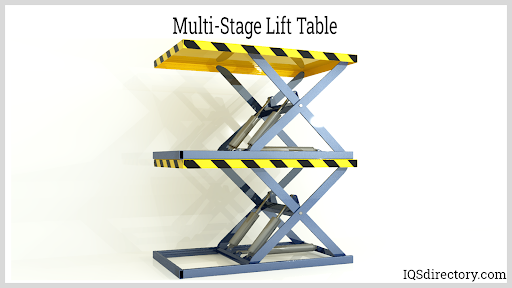
Chapter Five – Hydraulic Lift Applications
Hydraulic lifts are constructed from steel and have precision accuracy. Their sturdy and durable design has made them popular in a wide variety of industries. Listed below are a few of the industries that rely on hydraulic lifts for their efficiency and ability to supply a great amount of force.
Hydraulics Applications
Industrial:
Electro-hydraulics is a common use of hydraulics in industrial applications. The main advantages of hydraulics are its rapid response times and precision. Plastic processing, metal extraction applications, automated production, machine tool industry, paper industries, loaders, crushers, presses, and the textile industry are some of the industrial uses of hydraulics. The image below is a hydraulic press from the plastics industry.
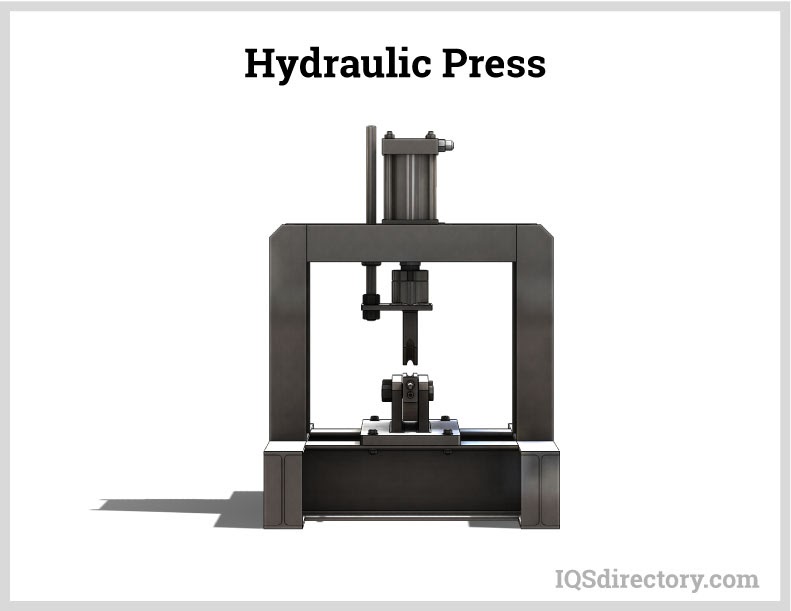
Mobile Hydraulics:
Mobile hydraulics have the advantage of being able to be moved to different conditions and situations. They are especially useful in the construction and building industries where hydraulics are used as cranes, excavators, backhoes, and earth moving equipment. Pictured below is a concrete boom truck using a hydraulic arm to unload concrete.
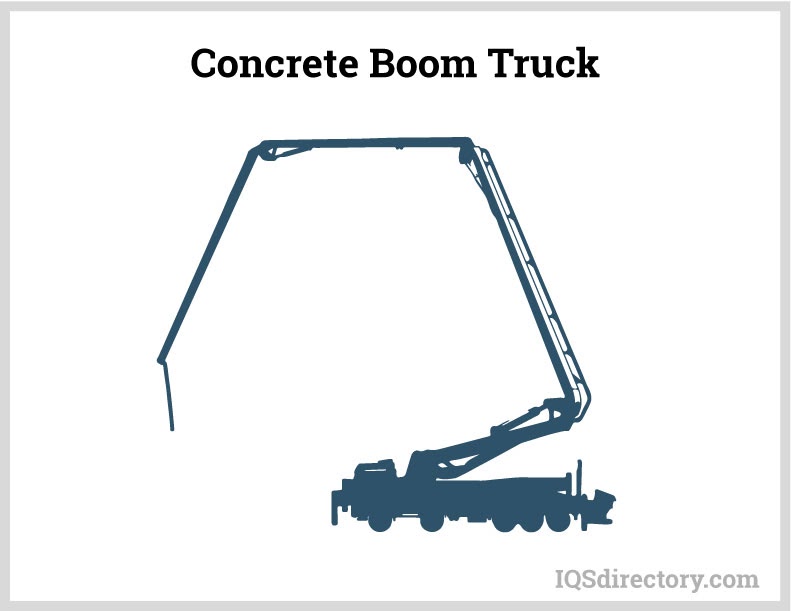
Automobiles:
The automotive industry is the largest user of hydraulics. Production, repair, and internal components on cars all use hydraulics.The image below shows the use of hydraulic automation in the production of trucks.
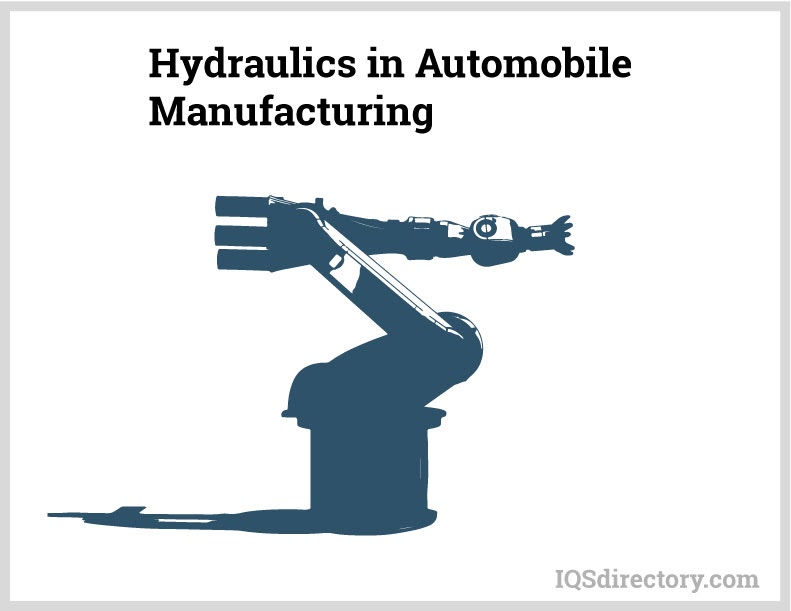
Marine Applications:
Marine hydraulics deliver linear and rotary force and torque rapidly and efficiently. The three types of marine hydraulic systems are open, closed, and semi-closed. They are used for cranes, mooring and anchor winches, stabilizers, steering, thrusters, propellers, and platforms.
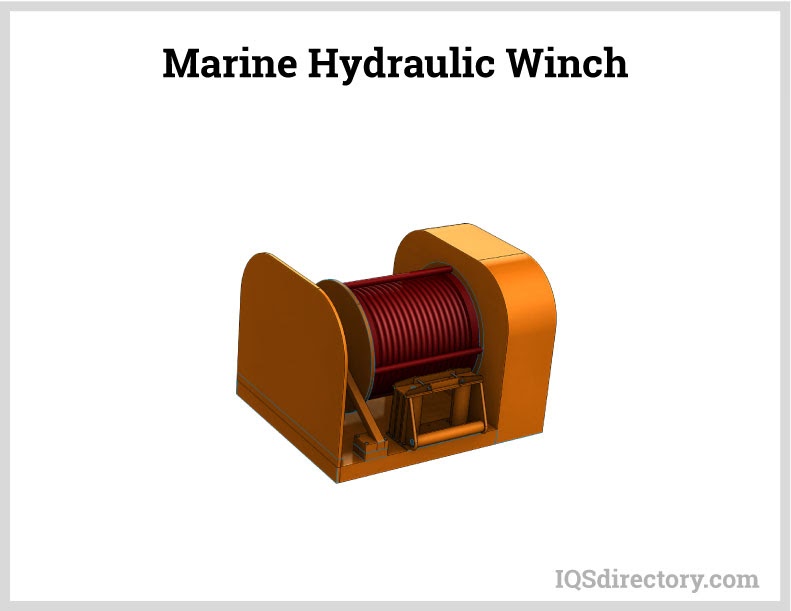
Aerospace Applications:
Components for aircraft have to meet strict standards before being approved for use. Hydraulic pumps and valves meet aircraft regulations and are an essential part of aircraft design and production. Wing adjustments, retraction and extension of landing gear, opening/closing of doors, brakes, and steering are all performed by hydraulics. The image below provides a list of some of the ways hydraulics are used on an aircraft.
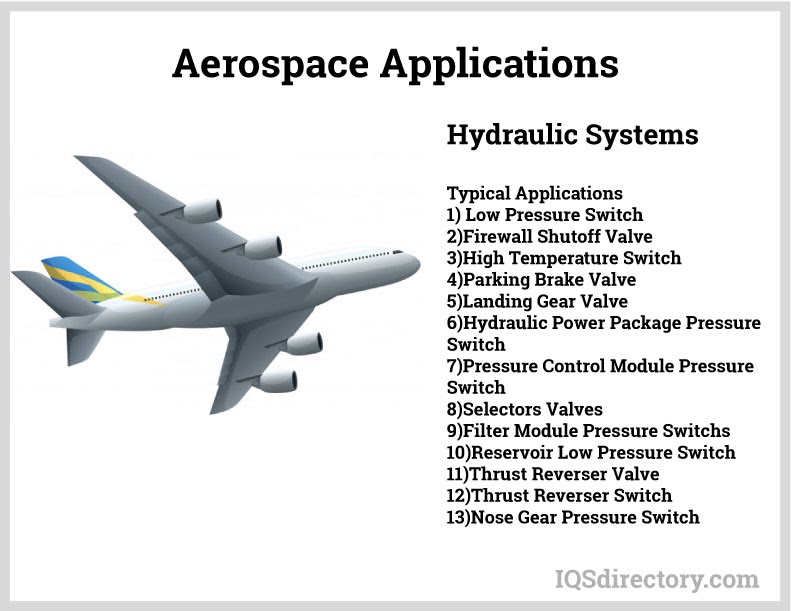
Mining:
Hydraulics are ideal for mining for the same reasons that they are used for other manufacturing operations. Power, controllability, reliability, and serviceability are necessities in mining because of the dangers that are involved. Unlike other manufacturing, mining works on a huge scale requiring massive equipment. The power and force provided by hydraulics fits the conditions.
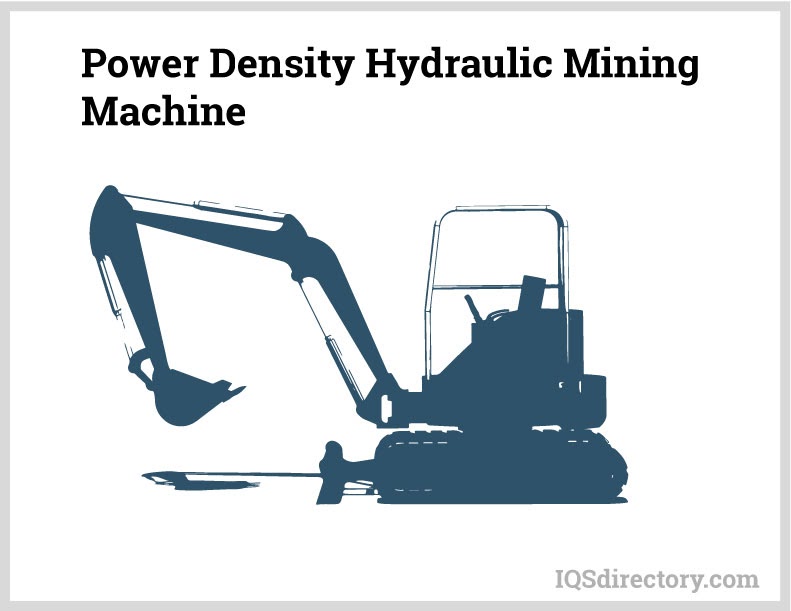
Chapter Six – Safety Regulations for Hydraulic Lifts
Hydraulics lifts are heavy duty equipment that can supply a great deal of force. The Occupational Safety and Health Administration (OSHA) and the American National Standards Institute (ANSI) have specific requirements regarding the operation of hydraulic lifts. The first of those requirements is that operators must be an adult, over 18, that has been fully trained in the operation and dangers of the equipment.
Below is a summary of regulations and safety tips regarding hydraulic lifts.
OSHA Regulations:
OSHA regulations regarding lifts are generalized to include any form of work that has to be performed on a platform off the ground.
Standard 1926.451 – Safety and Health Regulations for Construction – Though this seems to be directed at construction, it covers the requirements for guardrails and fall protection. The general outline is for scaffolds but has been expanded to apply to lifts.
Standard 1910.29 – Walking-Working Surfaces – This covers fall protection systems and protection from falling objects. It further covers guardrails and railings.
ANSI A92
Aerial lifts are defined as mobile elevating work platforms (MEWPs). ANSI A92 requires aerial lifts to be equipped with two types of sensors: one that sounds an alarm and prevents the machine from operating when the load exceeds safety limits, and another that triggers an alarm when the slope level gets too steep and prevents movement of the chassis or work platform.
Gates cannot be chains and must have toe guards. If used for outdoor work, wind speed sensors are required. Platform railings must be at 43.5 in. or greater. If used on uneven ground, tires must be solid or foam filled. Also included in A92 are expanded training requirements.
Aerial Lift Certification:
To be OSHA certified to operate aerial and scissor lift equipment, an operator has to pass an OSHA certified course, which is designed to aid workers on how to safely operate lift equipment. The regulations and stipulations for operating lift equipment legally require employers to provide certification training.
Training includes:
- OSHA Standards for Aerial and Scissor Lifts
- Definitions of Lift Related Terms
- Aerial & Scissor Lifts Accidents, Fatalities, and Causes
- Fall Protection
- Operating Instructions
- OSHA Safe Work Practices
- Scissor Lifts Operator Training
- Lift Operator Responsibilities
Safety Tips:
- Understand and follow the manufacturer‘s instructions.
- The lift should be marked with the name of the manufacturer and date of installation.
- A repair log must be maintained.
- Workers should stand to one side as the lift operates.
- The load should rest squarely on the lift and not overload the lift‘s capacity.
- Lifts must be kept away from overhead and grade level obstacles.
- The floor under the lift should be free of oil or grease to prevent slipping hazards.
- Avoid holes, trenches, slopes, or uneven terrain.
- The lift must be at least10 feet away from electrical lines and power sources.
- Oil levels on hydraulic lifts should be checked periodically.
- Lifts should be removed from service if there are any indications of malfunctioning.
Below is a sample daily checklist for hydraulic lifts.
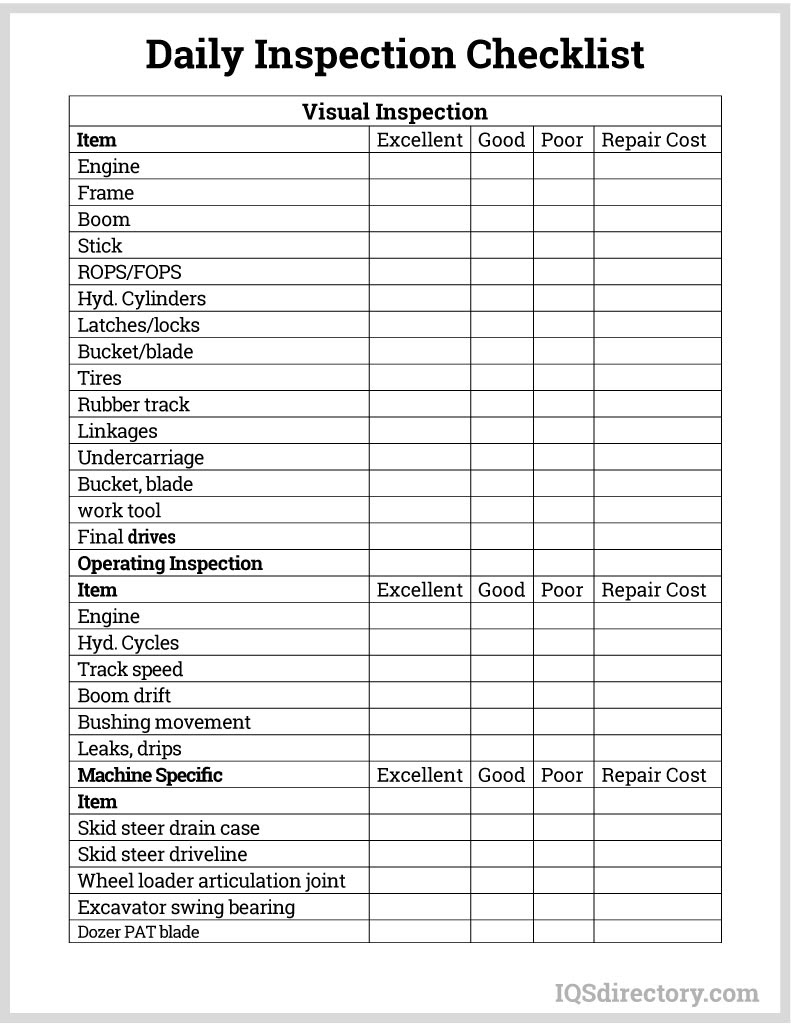
Conclusion
- A hydraulic lift moves objects using the force created by pressure on a liquid inside a cylinder that moves a piston upward.
- The principle for hydraulic lifts is based on Pascal‘s law for generating force or motion, which states that pressure change on an incompressible liquid in a confined space is passed equally throughout the liquid in all directions.
- Hydraulic lifts provide controlled and precision force.
- The sturdy and durable design of hydraulic lifts has made them popular in a wide variety of industries.
- The Occupational Safety and Health Administration (OSHA) and the American National Standards Institute (ANSI) have specific requirements regarding the operation of hydraulic lifts and training for operators.
- Lift tables have become popular as work surfaces that can be positioned at the exact height necessary to package, assemble, organize, or position items.
To learn more and view the original article, you may visit: Hydraulic Lifts | IQS Directory
Author: John Hamlin
John Hamlin is a freelance writer who has a background in engineering. With a keen interest in technology and writing, John has been working online providing insight and direction for many years. His latest work has been on a compilation of industrial manufacturing techniques.
- Dansons Medical


 Lifts
Lifts
 Patient Lifts
Patient Lifts
 Stand Assists
Stand Assists
 Standing Aids
Standing Aids
 Slings
Slings
 Parts & Accessories
Parts & Accessories
 Wheelchairs
Wheelchairs
 Ergonomic
Ergonomic
 Portable
Portable
 Reclining
Reclining
 Standing
Standing
 Sporting
Sporting
 Bariatric
Bariatric
 Ramps
Ramps
 Modular
Modular
 Portable
Portable
 Parts & Accessories
Parts & Accessories
 Walking Aids
Walking Aids
 Rollator Walkers
Rollator Walkers
 Canes
Canes
 Crutches
Crutches
 Parts & Accessories
Parts & Accessories
 Scooters
Scooters
 4-Wheel
4-Wheel
 Folding
Folding
 Parts & Accessories
Parts & Accessories
 Nursing
Nursing
 Pregnancy Comfort
Pregnancy Comfort
 Self-Care
Self-Care
 Pump Parts
Pump Parts
 Exercise Equipment
Exercise Equipment
 Treadmills
Treadmills
 Walking Pads
Walking Pads
 Rowing Machines
Rowing Machines
 Strength & Conditioning
Strength & Conditioning
 Massage Chairs
Massage Chairs
 Saunas
Saunas
 Hot & Cold Tubs
Hot & Cold Tubs
 Stethoscopes
Stethoscopes
 Surgical Instruments
Surgical Instruments
 Forceps
Forceps
 Scalpels
Scalpels
 IV Poles
IV Poles
 Oxygen
Oxygen
 Beds
Beds
 Electric Beds
Electric Beds
 Standing Beds
Standing Beds
 Mattresses
Mattresses
 Bed Accessories
Bed Accessories
 Bed Parts
Bed Parts
 Chairs
Chairs
 Medical Recliners
Medical Recliners
 Phlebotomy Chairs
Phlebotomy Chairs
 Stools & Task Chairs
Stools & Task Chairs
 Parts & Accessories
Parts & Accessories
 Tables
Tables
 Overbed Tables
Overbed Tables
 Medical Tables
Medical Tables
 Recovery Couches
Recovery Couches
 Cabinets
Cabinets
 Pool
Pool
 Pool Lifts
Pool Lifts
 Pool Fitness & Therapy
Pool Fitness & Therapy
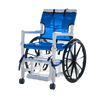 Pool Access Chairs
Pool Access Chairs
 Slings
Slings
 Parts & Accessories
Parts & Accessories
 Bath
Bath
 Toileting Aids
Toileting Aids
 Bath Lifts
Bath Lifts
 Shower Seats
Shower Seats
 Parts & Accessories
Parts & Accessories
 Portable Shower
Portable Shower
 Dansons Products
Dansons Products
 Transfer Aids
Transfer Aids
 Cushions
Cushions
 eBooks
eBooks
 Helpful Articles
Helpful Articles
 Reviews
Reviews
 Contact Us
Contact Us
 Create Account
Create Account
 Request a Quote
Request a Quote







Comments 0